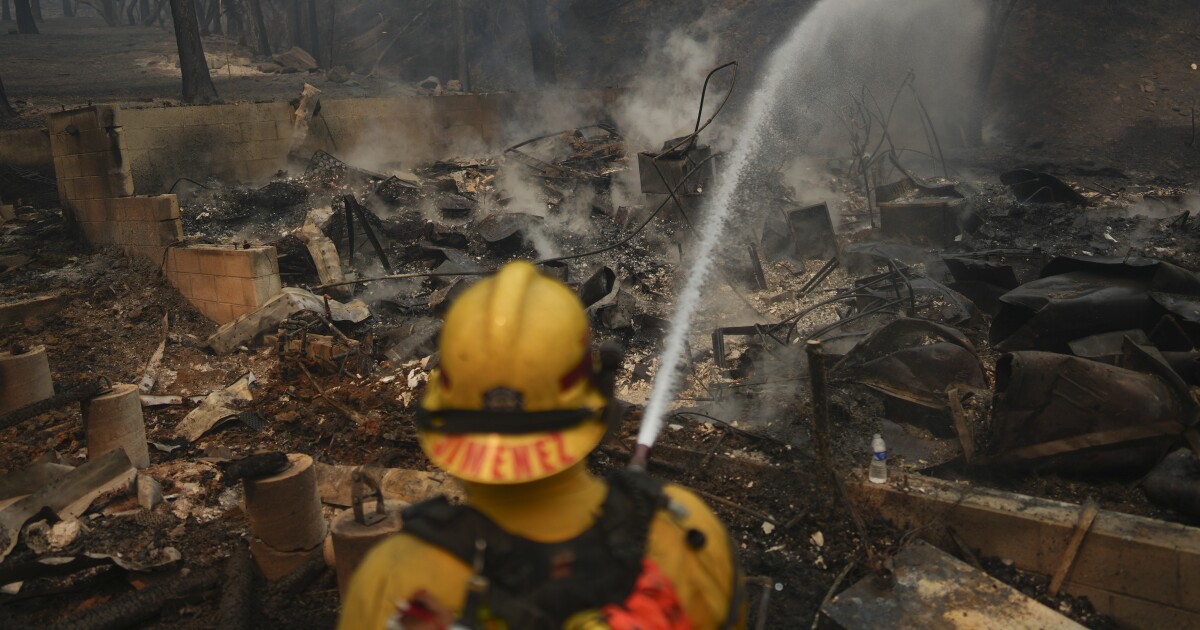
California's Devastating Wildfires: A Complex Tragedy of Epic Proportions
Unprecedented Devastation
California is reeling under the devastation of one of the most severe wildfire seasons the state has ever faced. In the past few weeks, wildfires have raged through more than 750,000 acres, destroying over 10,000 structures and forcing tens of thousands of people to evacuate. Entire towns have been reduced to ash, and the death toll continues to rise.
The Human Toll
The wildfires have left an immeasurable impact on the lives of those affected. Families have lost their homes, businesses, and livelihoods. The physical and emotional toll is overwhelming, as heartbreaking stories of loss emerge from the affected areas. Emergency shelters are overcrowded, and many evacuees are facing an uncertain future.
Climate Change and Other Contributing Factors
Experts agree that climate change is playing a major role in the severity and frequency of wildfires in California. Rising temperatures, prolonged droughts, and strong winds create optimal conditions for fires to ignite and spread rapidly. Moreover, human activities such as land-use changes, fire suppression policies, and urban expansion into fire-prone areas have further exacerbated the problem.
Economic and Environmental Impacts
The economic impacts of the wildfires are staggering. Property damage is estimated to be in the billions of dollars, and businesses that rely on tourism and agriculture have been heavily affected. The fires have also taken a heavy toll on the environment, releasing large amounts of greenhouse gases and destroying critical wildlife habitats.
Diverse Perspectives and Policy Debates
The wildfires have sparked a range of perspectives and policy debates. Some experts advocate for increased land management efforts, including prescribed burns and thinning of vegetation, to reduce fuel loads. Others emphasize the need to address climate change and promote sustainable land-use practices.
Government Response and Recovery Efforts
The California state government and federal agencies are coordinating recovery efforts to support the affected communities. President Biden has declared a major disaster in California, authorizing federal funding for emergency relief. Local and state governments are providing assistance with housing, food, and medical care for evacuees.
Long-Term Challenges and Resilience
As recovery efforts continue, California faces the daunting challenge of rebuilding communities and addressing the long-term impacts of the wildfires. The state must invest in fire-resistant infrastructure, develop comprehensive evacuation plans, and promote community resilience. Collaboration between governments, non-profit organizations, and the public will be crucial in ensuring that California is better prepared for future wildfire disasters.
Conclusion
The devastating wildfires in California serve as a stark reminder of the urgency of tackling climate change and implementing sustainable land management practices. The human toll and economic consequences are profound, and the long-term recovery will require the collective efforts of governments, communities, and individuals.
By understanding the complexities of these wildfires, we can work towards preventing future tragedies and building a more resilient California.

Post a Comment